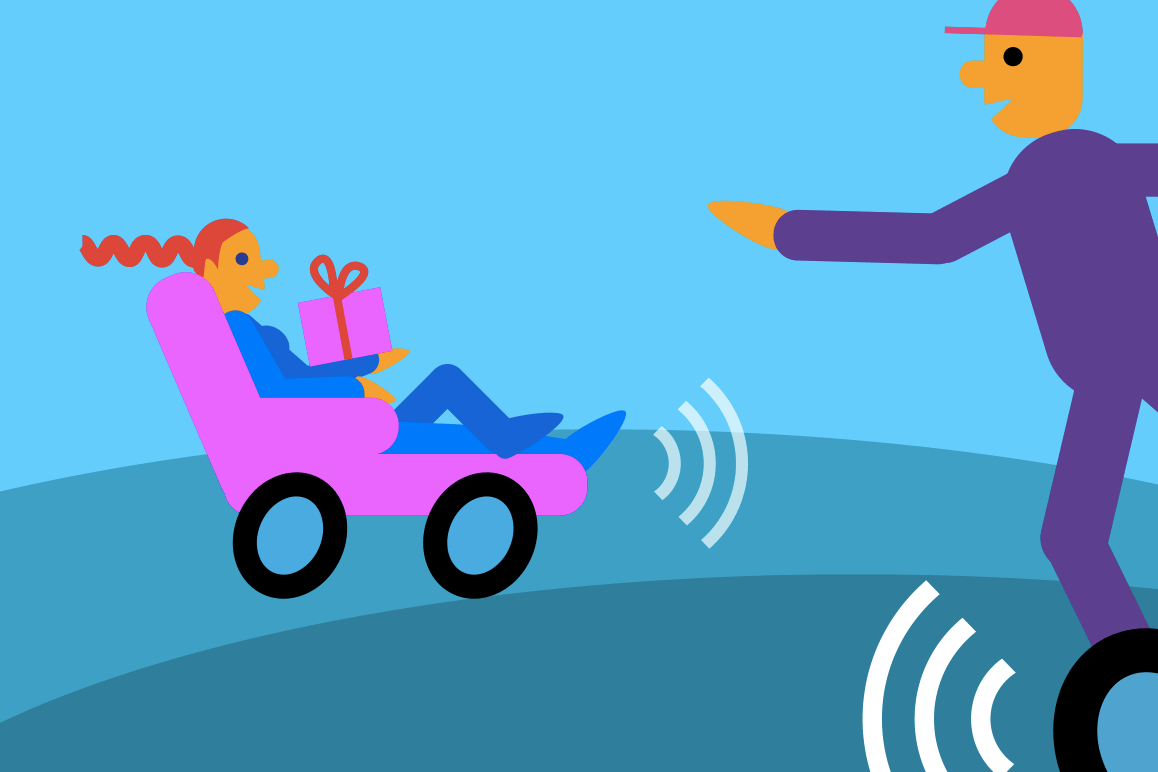Insights
The 3 Biggest Challenges Facing the Global Mobility Industry

When I think about mobility, I think about the freedom to move around in any way possible—without hassle, and with the flexibility to adjust to my changing situation and needs. Like walking in a city and having the freedom to wander around the park, or take a quick shortcut to catch your meeting.
However, traveling can still be an unpleasant experience: passengers face issues in many transfer procedures on a daily basis, dealing with language barriers and information deficit that result in an unnecessarily poor travel experience that we can overcome. Luckily, great work is already being done to improve just that, but we’re definitely not there yet. In order to boost this change, we have to be aware of the challenges we are facing in today’s transporting world.
With our experience in this industry, working with clients like Schiphol, ProRail/NS, Seamless Air Travel, Volkswagen, Swiss Rail, Deutsche Bahn, the City of Amsterdam, Ministry of Infrastructure & the Environment and many others, these are the challenges I see:
1. The complexity of wayfinding
Moving people is totally different to moving goods; the latter is a matter of automation, but you can’t automate people. People make their own choices and have different sets of behaviors, and a lot of people in one place can quickly turn into big crowds—meaning even bigger challenges. How do you get a crowd moving from A to B, in limited space, just as quickly as the crowd formed?
To begin with, the different passenger journeys and the constraints people are facing need to be clear, which can be challenging if you have to facilitate 500 different walking routes (which is the case right now at Paris’s Châtelet - Les Halles metro station). We need solutions and innovations (using all available technology) that can deal with the complexity of routes in multi-modal wayfinding, and provide the right information at the right time (like our work with ProRail/NS).
2. Share big data to drive innovation
When we talk about mobility from a business perspective, we almost always talk about one single transportation system at a time. But if you look at a complete journey—from doorstep to destination—there are many possible transportation modes involved, all working with their own set of data. And it goes beyond public transport and cars; we also need to include bike sharing, car pooling, shared taxis or any other big and small new initiative. There are only a few solutions to tie everything together into a single, seamless user experience.
But we could make more efficient use of big data—and I mean really big—to create a seamless traveler experience. Imagine if we connect the data from all different transportation systems together, and include data from outside transportation systems, like weather data or your friends’ shared travel plans. What that would mean for you and me? Your car could tell you that you can pool the rest of you trip with your colleague at the next gas station, or your bike could warn you about heavy showers and suggest taking the bus for the rest of your journey.
Sounds simple, right? But the problem is that the few players in the industry receiving a lot of data use it for monetization instead of sharing it and using it to benefit the user. I and many others have made it our personal mission to get all players on the same level in order to share and connect data and create a multi-connected mobility system, and I hope more people will join us (just contact me).
3. Mobility as a service
New technologies & upcoming players are challenging current business models. For instance, driverless cars will change the way we think about the necessity of owning a car, so the automotive industry and many other businesses need to change their business model from selling a consumer good into a service model that ensures relevancy and secure future business. This shift also means businesses need to rethink their brand strategy to keep people connected with their promise. But bridging the gap between the old promise and the new service is often a challenge, and requires an understanding of how to build a new infrastructure of trust.
These challenges aren’t just relevant for the automotive industry. Many other industries are dealing with getting people and crowds moving from one place to another, mega events like festivals, concerts, football matches, or the Olympics. But even big department stores and shopping malls can deliver mobility as a service.
If you need help in dealing with any of these challenges, let’s talk. We’re here for you.